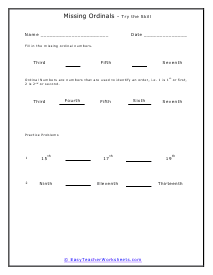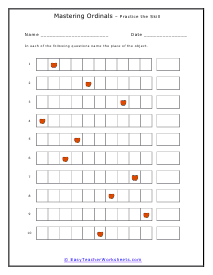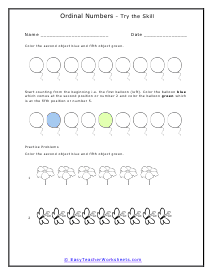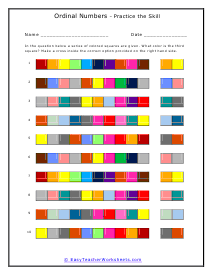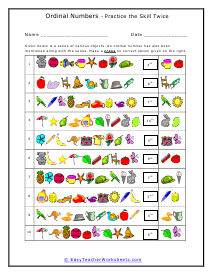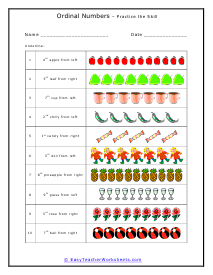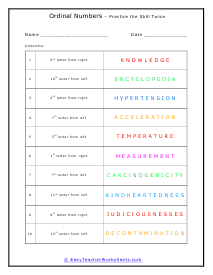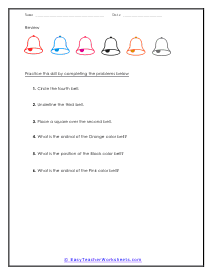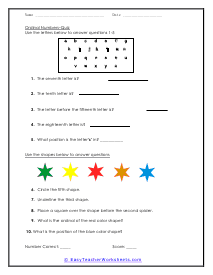We often do not realize it, but we use numbers in several ways. Say, when you are doing grocery, when packing for a road trip, and running a marathon, the books you read over the year. It is safe to say that we cannot eliminate the use of numbers from our everyday lives However, there are times when you do not need to use a number but rather give a count to something. You want to define the position of something. You use a number to define the position of something in a group or order on the list. In such situations, we use ordinal numbers. For example, First or 1st, Second or 2nd, Third or 3rd, Fourth or 4th or, Fifth or 5th. Ordinal numbers do not represent the quantity, but they are used to indicate the position and rank. Like the sixth floor, second grade, or twenty-fourth street.
Ordinal numbers help us give balance to lists by telling us where items fall within that list and where each portion of this is relatively positioned. If we are talking about a line of students (Jen, Mike, Sarah, and Thomas), ordinal numbers can tell us that Sarah is the first in line and Mike is fourth in line. From that description we can go on to infer about the position of Jen and Thomas. These worksheets explain ordinal numbers and how to use them. Activities include completing sequences, identifying objects through ordinal position, writing ordinals in word and number form, and more.















